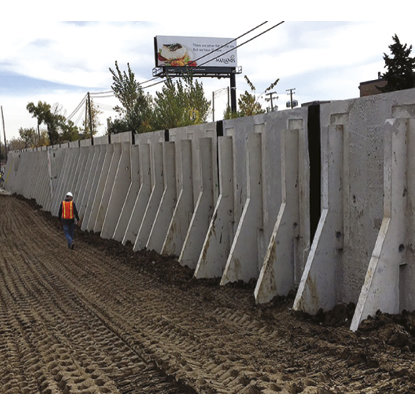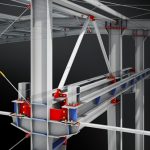Course Overview:
The “Design of Retaining Walls and Earth Structures” course focuses on the engineering principles and methods used in the design and construction of retaining walls and earth structures. Participants will learn how to assess the stability of retaining walls under various loads, including lateral earth pressure, self-weight, and environmental factors. The course aims to equip engineers with the knowledge and skills necessary to design safe and effective structures.
Course Objectives:
- Understand the fundamental principles of designing retaining walls and earth structures.
- Identify different types of retaining walls and their applications.
- Learn how to analyze the stability of retaining walls under various loads.
- Apply accepted design methods to ensure safety and sustainability.
- Develop skills to use engineering software for retaining wall design.
Training Content:
- Introduction to the design of retaining walls and earth structures.
- Types of retaining walls (e.g., gravity walls, cantilever walls, anchored walls).
- Structural analysis of retaining walls: tensile and compressive forces.
- Effects of soil and groundwater on the stability of retaining walls.
- Design and analysis methods using international standards.
- Use of engineering software in the design of retaining walls.
- Case studies of real projects related to retaining wall design.
- Evaluation of the actual performance of retaining walls after construction.
Target Audience:
This course is designed for civil and structural engineers, engineering students, practitioners in structural design, and project management professionals. It can also benefit engineers working in construction, building, and urban planning fields.






